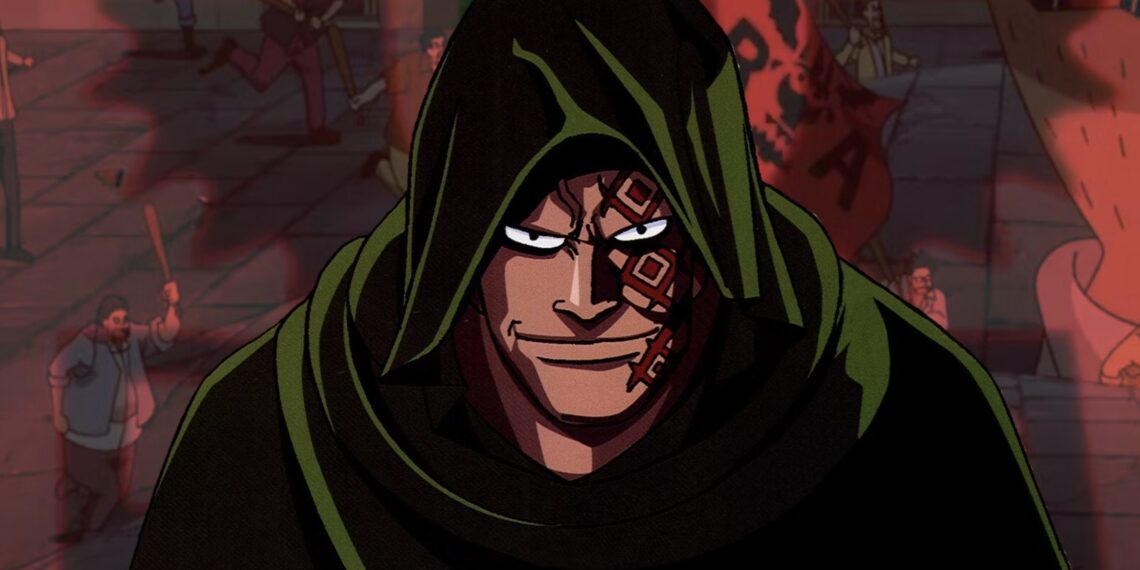The popular anime and manga series One Piece by creator Eiichiro Oda has captured fans’ imaginations for over 25 years with its elaborate world-building and storytelling. Recently, an insightful fan theory was shared that highlights a clever recurring narrative device Oda employs for certain characters’ story arcs.
This fan theory, originally posted by a user named @WorstGenHQ on a social media platform, suggests that Oda intentionally incorporates symbolic motifs for specific characters that appear repeatedly in varying contexts throughout the years-long narrative.
By analyzing these repeating symbols associated with central characters, @WorstGenHQ makes some clever inferences about how their character arcs may progress or conclude.
For example, the theory identifies how a particular vivid visual icon, color, animal, element, metaphor, or piece of imagery emerges regularly in one prominent character’s scenes and storylines.
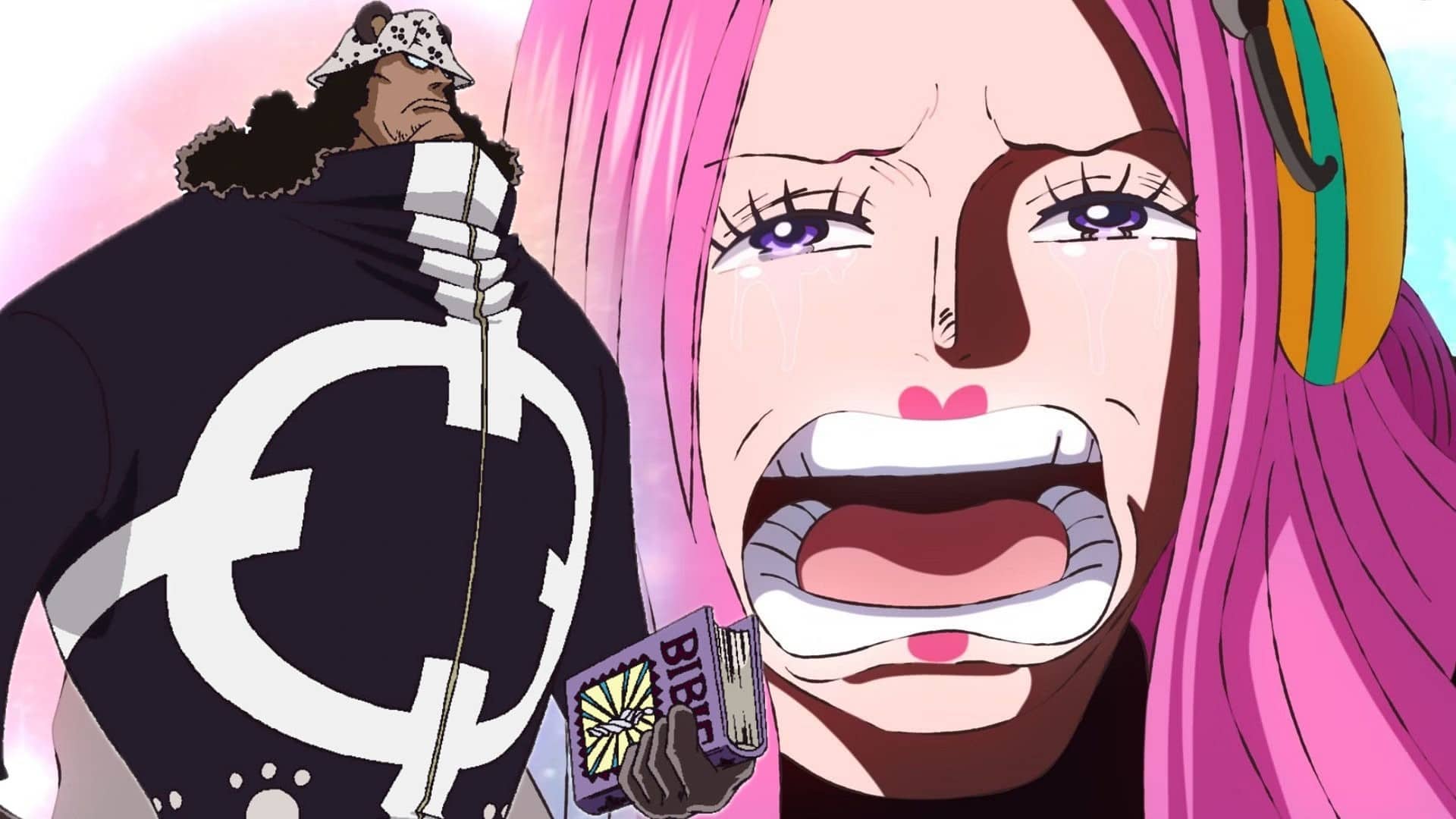
This sheds light on Oda’s incredible attention to detail and narrative planning while also allowing fans to pick up on clues about what role that symbolic motif will continue to play as the multilayered plot marches towards its finale.
The theory commendably avoids simply summarizing the motifs in a typical fashion, instead expanding on the deeper literary significance.
It’s a testament to the intricacy of One Piece’s storytelling that after 25 years of serialization, fans are still developing well-considered and intriguing theories about the embedding of visual symbols within character arcs from the very start.
This shows the series will likely continue sparking analysis and speculation right up until its long-awaited conclusion.
Oda Sensei Already Planned The Weaknesses of The Straw Hats and Other Major Characters
This fan theory keys in on an intriguing quote attributed to the mysterious Revolutionary Army leader Dragon, or perhaps the cyborg Bartholomew Kuma, that “a child is their parent’s weak spot.”
The theory expounds that this concept will have major significance as One Piece builds toward its climax.
By compiling numerous examples throughout the sprawling story, the theory argues that familial bonds, and children in particular, represent a crucial pressure point for many major characters.
#ONEPIECE1101
"A child is their Parent's weak spot"I've been thinking more about Dragon/Kuma's statement that a child is the Weak spot of their parents. And the more I think, the more I see a pattern that Oda is building on.
This theory is about Oda following a specific… pic.twitter.com/u5fvhQlqOj
— WorstGenHQ (@WorstGenHQ) December 7, 2023
It suggests Eiichiro Oda has consciously embedded this theme early on, implied by this quote, to foreshadow how children and lineage may be the undoing or downfall of their powerful parents.
Without restating specific examples, the theorist surfaces a pattern of children imperiling major figures, revealing a vulnerability or way to exploit them.
This ranges from actual blood relations to figurative ones between mentors and proteges. But in multiple cases, the theory highlights how major characters let down their guard or lose their normal edge when their children or other young wards are threatened or turned against them.
Children and the Downfall of Titans
By collecting dispersed examples of this theme from throughout One Piece’s run, the theory weaves an interpretation of this quote as Oda’s way of telegraphing that the next generation – the children and heirs – will ultimately overthrow their forbearers in a climactic fashion.
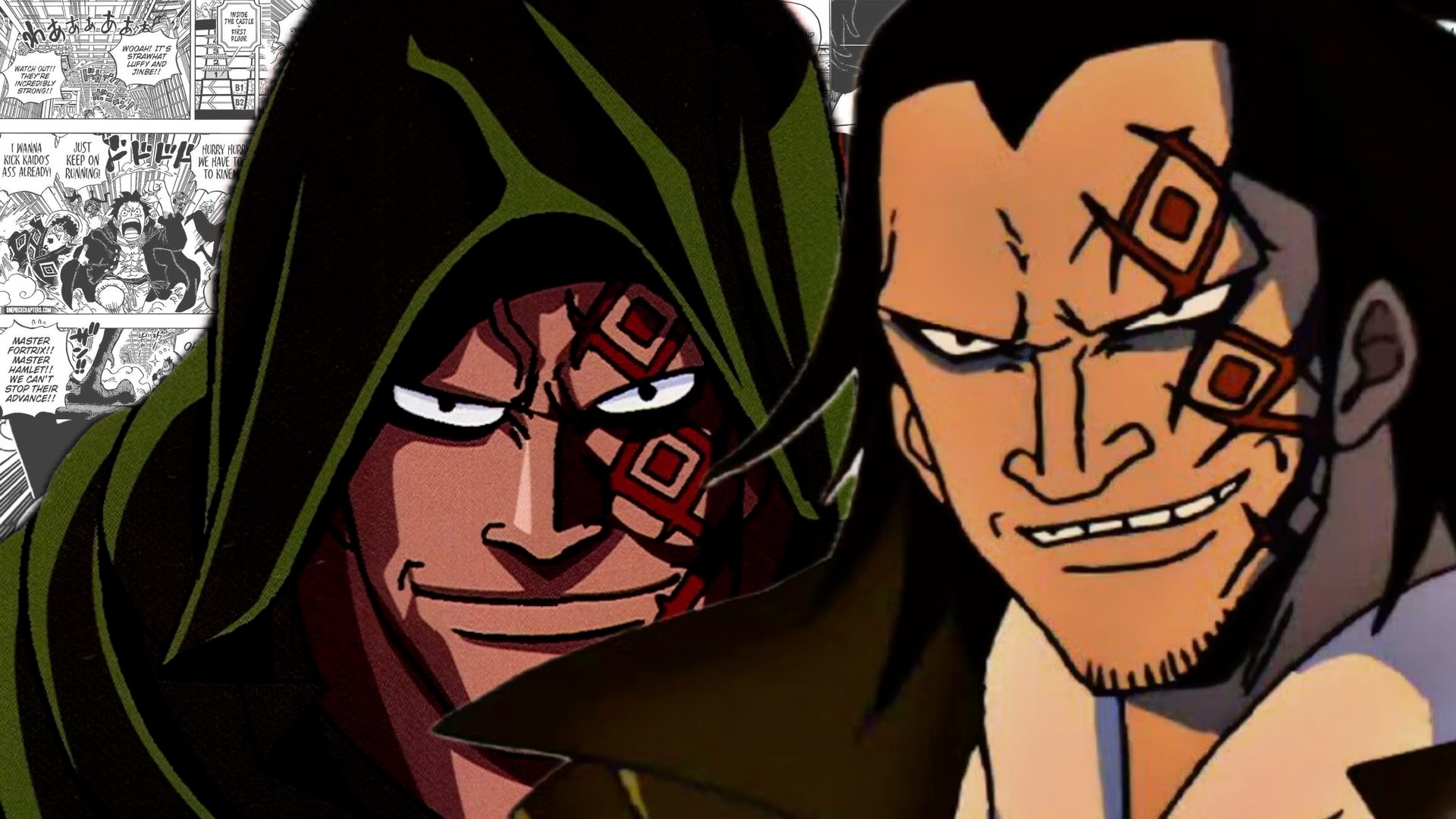
It suggests a sweeping changing of the guard, rooted in this quote’s core premise, that will see key characters like Luffy topple figures who once dominated the previous era.
Without reusing the theory’s specifics, it presents a unifying lens rooted in a key line to explain how pivotal moments centering on “children” and “parents” tie together a broader narrative arc leading towards a climatic generational clash.
The Grand Tapestry of Sacrifice
In a close, comprehensive analysis of One Piece’s expansive story, the fan account @WorstGenHQ catalogs numerous pivotal examples of parental figures ultimately sacrificing themselves or their interests for the sake of passing the torch to the next generation.
By combing through over 25 years of manga chapters, the theory strings together poignant moments spanning decades where prominent parental mentors, leaders, or family heads meet their end or willingly give way in order for their children and successors to progress.

Whether blood relations, surrogate ties, or loose mentee bonds, the theory suggests Eiichiro Oda has woven a constant theme over hundreds of installments of elders giving their all to pave the way for their youngest and most promising to flourish.
It argues these moments, viewed holistically, reinforce an overarching narrative theme of ushering in a better world for those yet to come.
Legacy of Sacrifice
From the earliest days of the series to the most recent arcs, the fan account compiles disparate examples that build a mosaic suggesting the old must fall to make way for new heirs capable of achieving what their predecessors could not.
While avoiding outright spoilers, the theory uses the aggregate of these moments to argue this is all masterful narrative construction leading towards an eventual final passing of the torch.

Without recycling specific details, @WorstGenHQ has developed a theory firmly rooted in One Piece’s text demonstrating how Oda may have cleverly sewn the seeds for concluding certain characters’ arcs with their ultimate sacrifice to enable the next generation’s ascent for the sake of a brighter future they won’t live to see. It’s a heroic framing that fits One Piece’s hopeful tone.
A Pivotal Theme in One Piece and the Foreseen Shift of Power to the Next Generation
The fan theory highlights how, in multiple pivotal story arcs, normally pragmatic and strategic parents and parental figures in One Piece have compromised their best interests or survivability when their children are threatened or imperiled.
Citing emotional moments like Whitebeard charging into Marineford heedlessly to rescue Ace or Doctor Hiriluk sacrificing himself to enable Chopper’s escape, the analysis suggests normally level-headed characters lose all rational calculation when their kids or proteges are endangered.
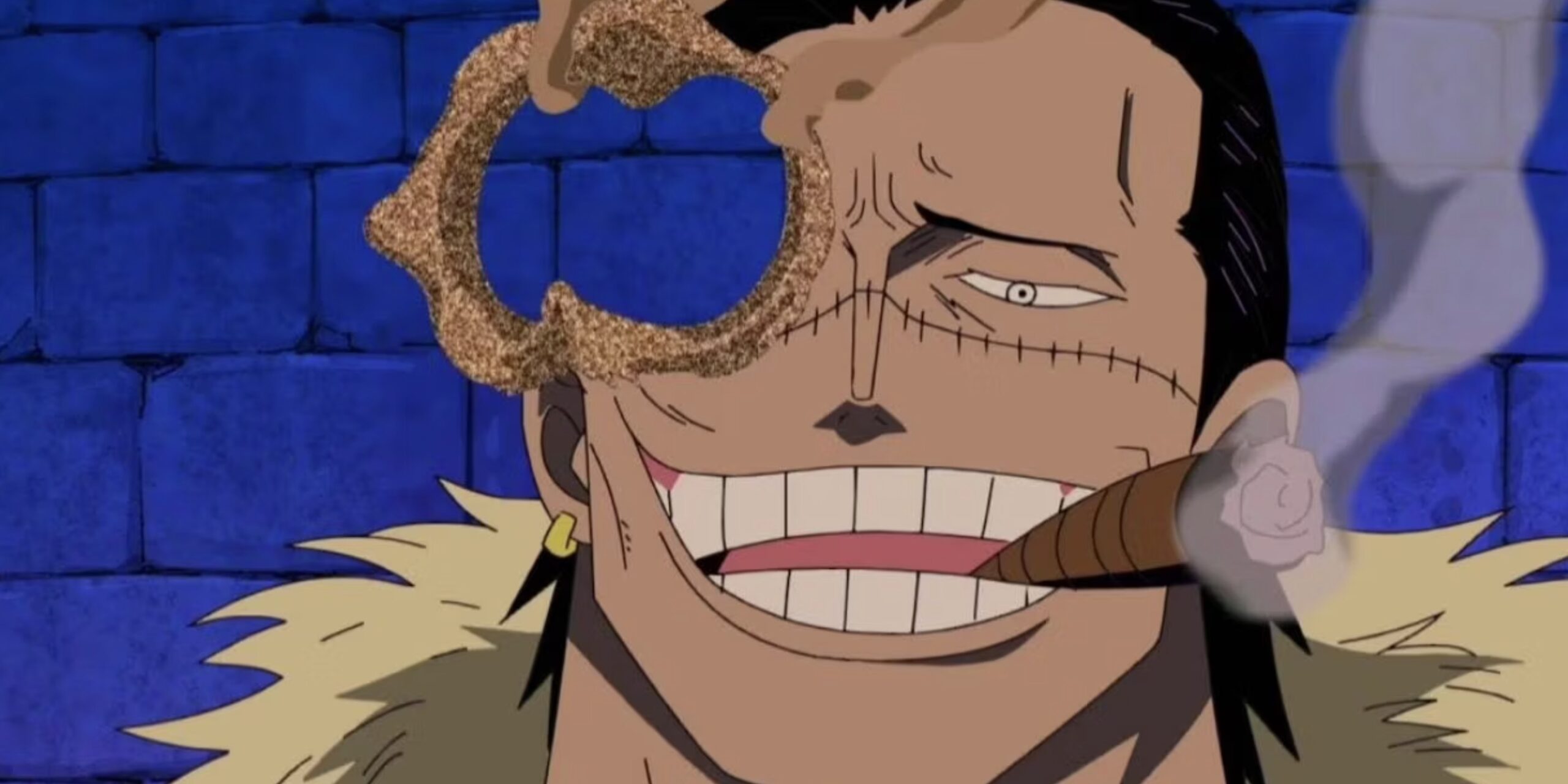
By compiling these moments spanning One Piece’s decades-long narrative, the theory argues Eiichiro Oda has intentionally established this tendency for parental blindspots to foreshadow how children will ultimately lead to the downfall of their forbearers.
With One Piece clearly building towards its endgame in recent chapters, the theory speculates Oda may soon capitalize on this theme that has recurred through the years.
It is reasonable to infer that in the final climactic arc, the characters’ instinct to protect or save their children at all costs could override good strategy, imperiling major characters as it has before.
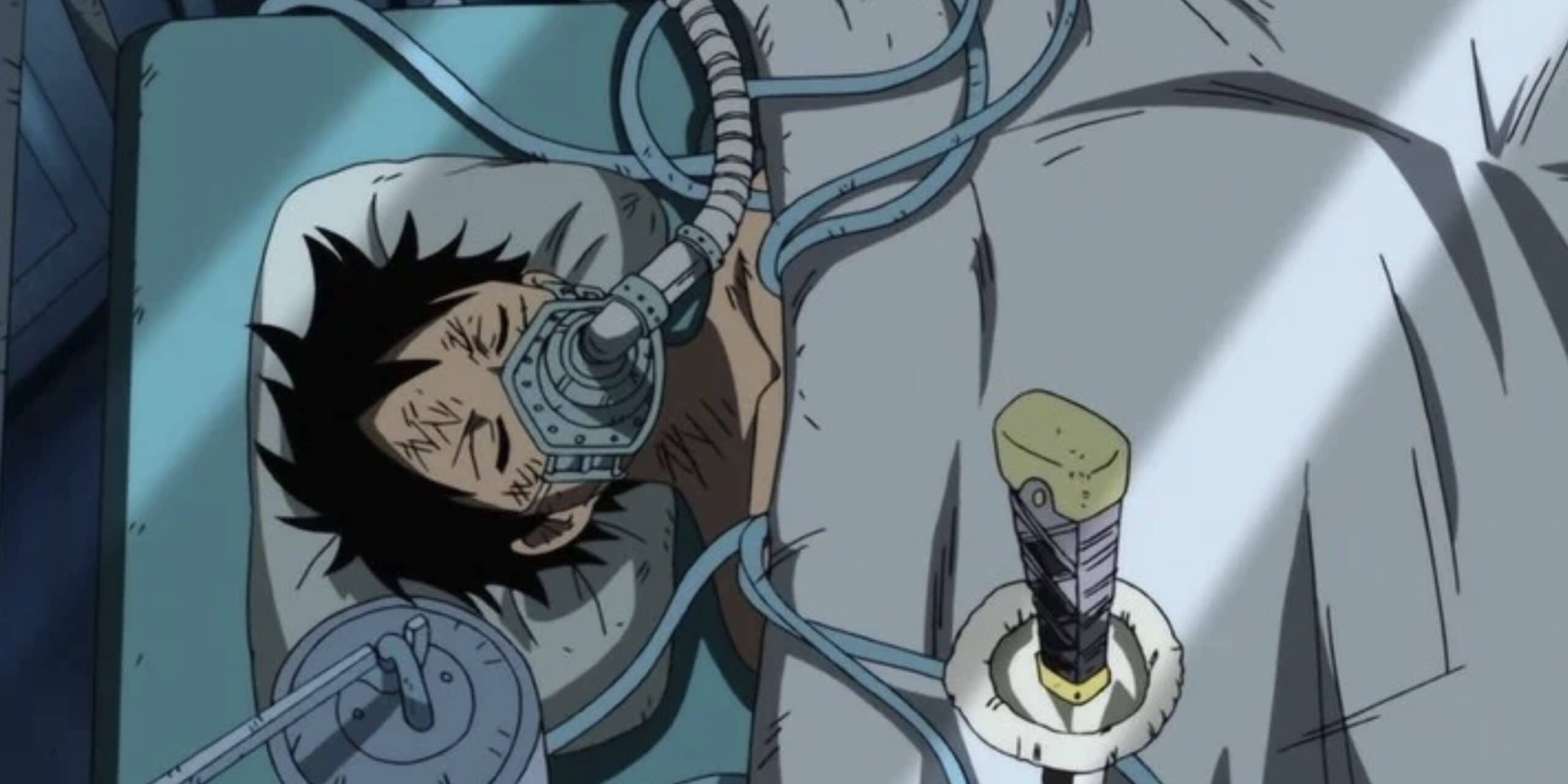
But on a grander level, this fan interpretation suggests this is all part of Oda’s careful construction – using loved ones, heirs, or children as key pressure points to facilitate the passing of torches from the old generation to the new.
So, in the final saga, perhaps previously indomitable figures will finally falter in the name of securing a better future for the next wave of young pirates and revolutionaries destined to define the new era.
How This Will Change The End Of One Piece
While not outright stated, the fan theory seems to gesture towards a grander thematic concept that may prove pivotal as One Piece races toward its finale.
Beyond just the exploits of parental figures, the analysis notes that protagonist Luffy and his ragtag crew have also forged bonds and made promises to aid various youngsters they’ve encountered on their journeys.
In some cases, they, too, have sacrificed greatly for the sake of protecting children or ensuring the safe passage of the next generation.

The theory, therefore, indirectly suggests Luffy himself represents the vanguard of youth on the cusp of overthrowing their forebearers to usher in a new era.
With Luffy and friends having openly waged war against the oppressive dogma of the World Government and Marine Corps that have dominated for decades, the story may be subtly setting the stage for a youth movement led by the Straw Hats to finally topple the restrictive old order.
By freeing scores of societies from authoritarian rule thus far on their voyage, Luffy’s cohort has planted the seeds for a coming age freed from the shadows and shackles of the preceding generation.
This friendlier tomorrow for children and average citizens alike seems to be one of both the themes and actions of One Piece that have swelled toward for 25 years.
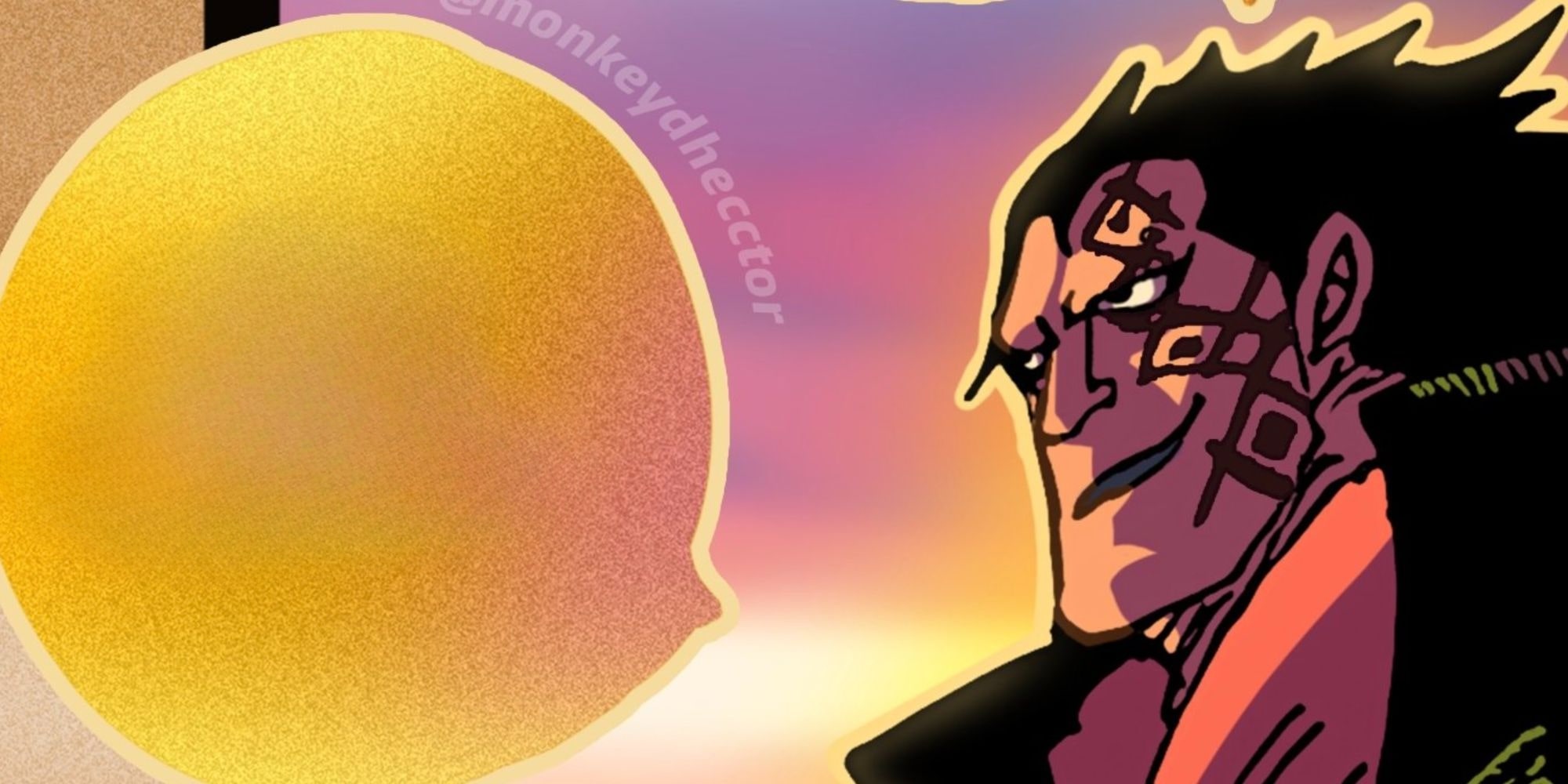
So, in broad strokes, while not outright declared, the theory hints that inherited will and youthful promise may prove the ultimate weapons as Luffy and his child-aged alliance seek to carve out a just world cleansed of the sins and failures of the flawed fathers and mothers that came before them. It could be the children that ferry in the new dawn.
Deeper Layers of Oda’s Masterpiece
While the merits of this specific theory remain speculative, its deeper analysis epitomizes what makes One Piece truly special – the capacity for fans to extract richer literary meaning from its narrative even 25 years after its inception.
More than just pirate adventures, Eiichiro Oda has woven fundamentally human themes that reward closer study and interpretive reading.
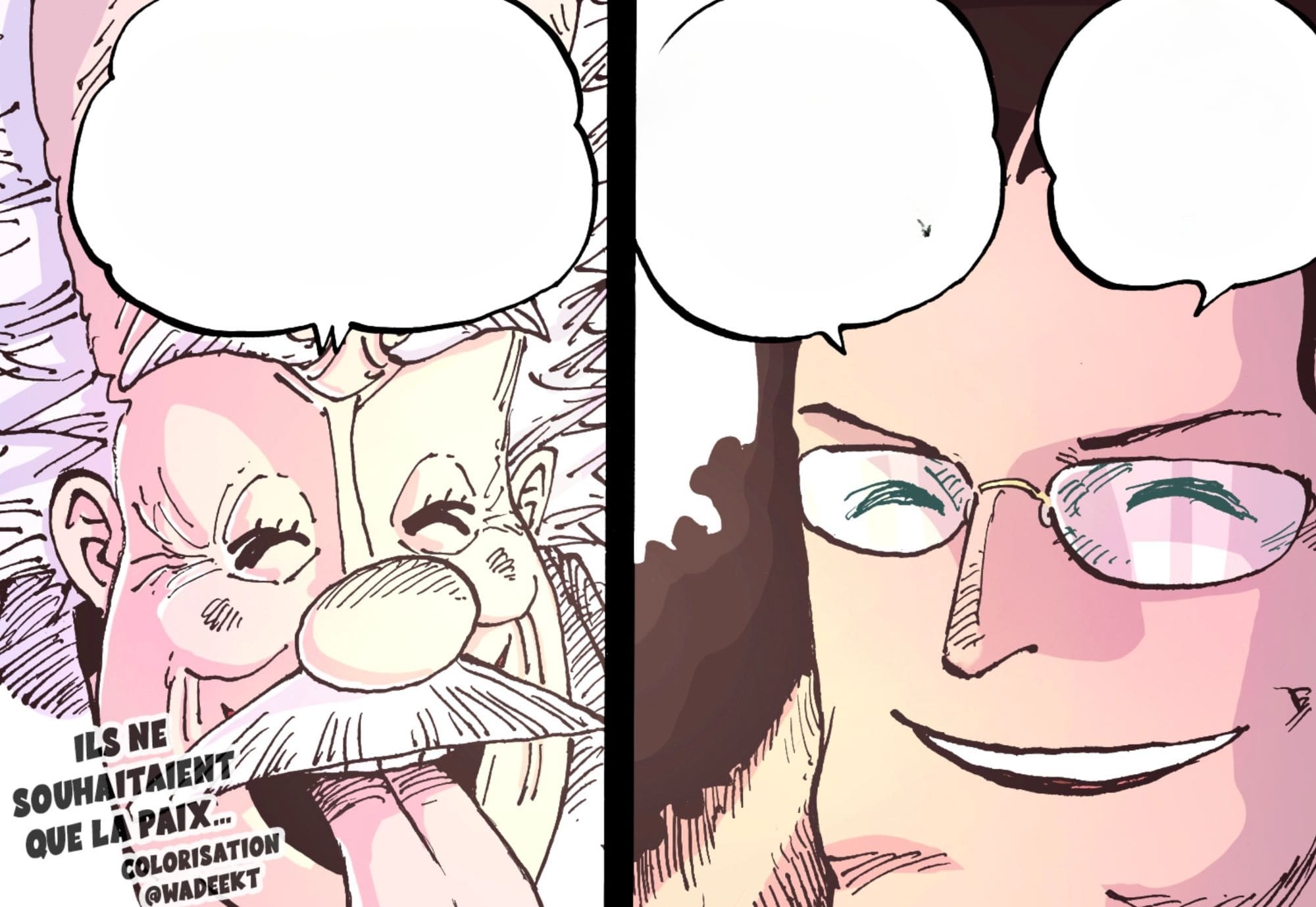
By posting theories rooted in textual analysis, fans like @WorstGenHQ demonstrate the layers of symbolism and interconnected motifs buried within Oda’s meticulous plotting over decades.
The notion that early plot points could foreshadow critical endgame twists speaks to Oda’s profound talents in orchestrating planned character arcs spanning YEARS with payoffs methodically placed seasons in advance.
While the specifics of THIS generational theory remain unproven until One Piece’s final chapters, its attempts to synthesize disparate plot threads and extract deeper wisdom make the grander point of why this series fosters such devotion.
The Art of Literary Analysis
Oda cultivates a storytelling experience that goes beyond mere entertainment to one that incubates ideas, speculation, and life lessons worthy of scholars and philosophers.
By rewarding diehard fans who pore through subtext and assemble unifying theories, Oda pioneers a new paradigm for manga/anime that bonds fans in shared exegesis.
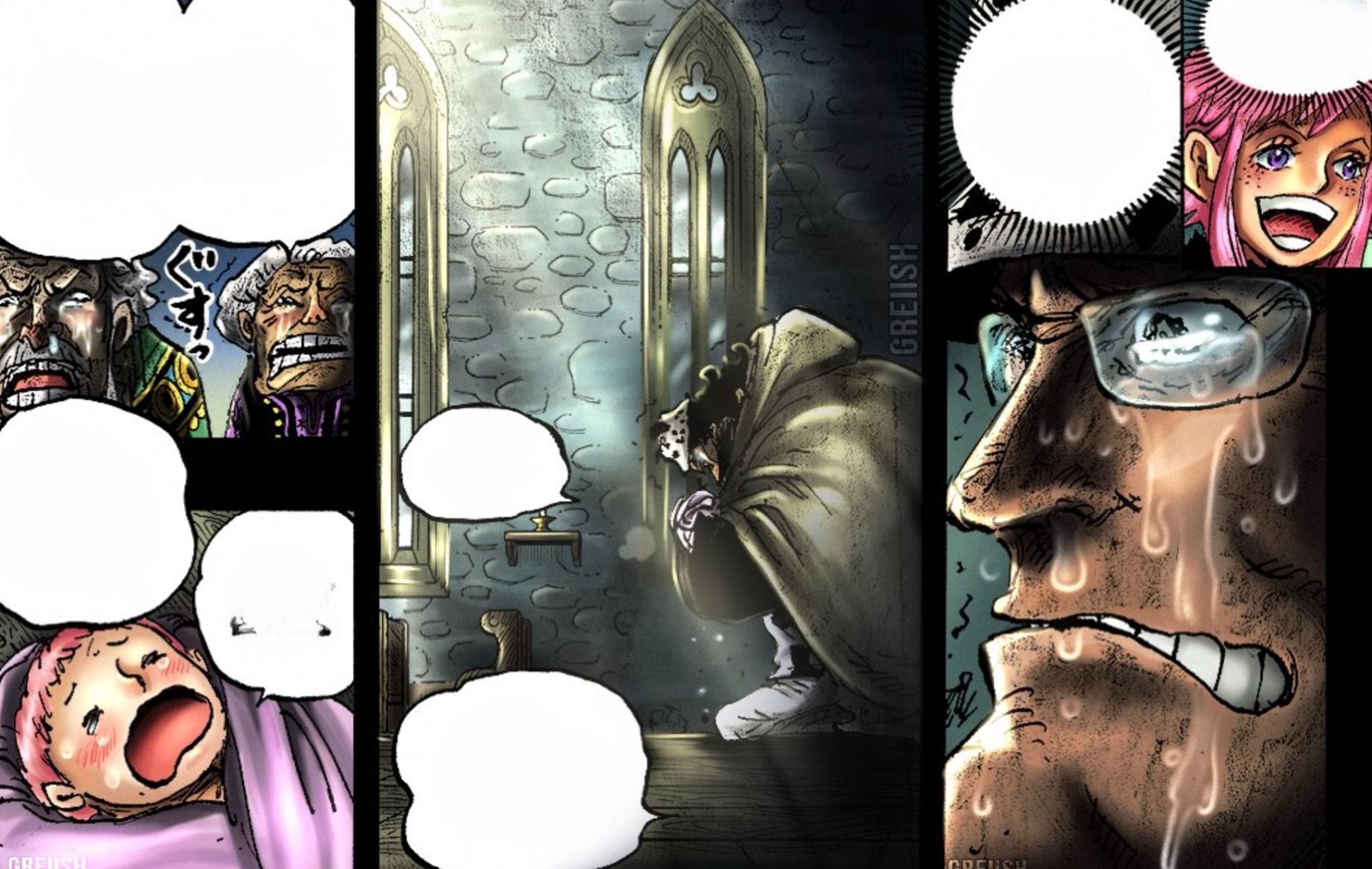
Regardless of how this exact theory plays out, it spurs the communal experience of evaluative, critical thinking from different vantage points – the mark of a true literary work.
And wherever the final arc takes its characters, Oda has won enduring loyalty by crafting intimate relationships between creators, fans, and text seldom paralleled in modern media.
This theory sums up the greater truth that One Piece’s themes will echo for generations to come.


